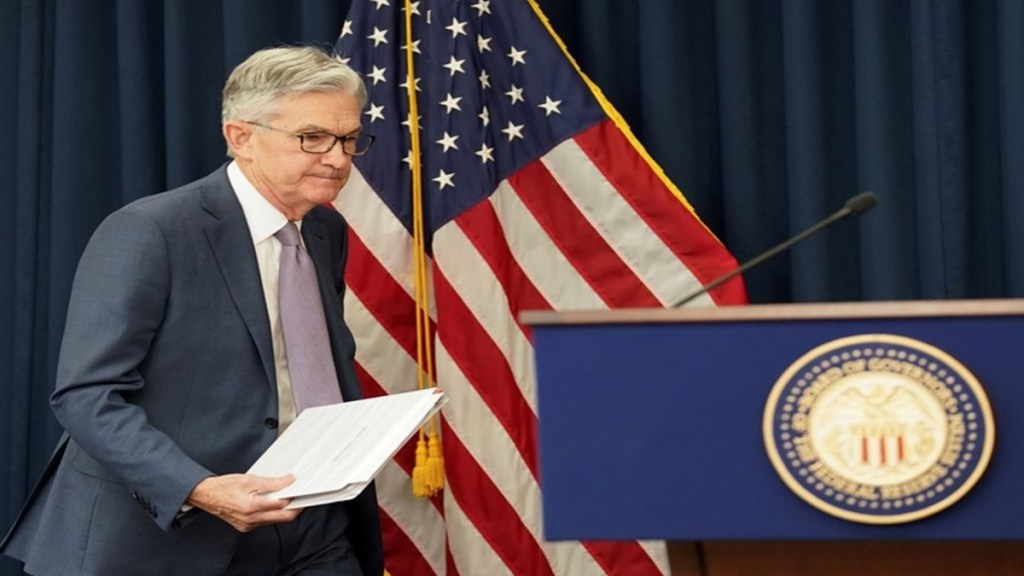The Federal Open Market Committee (FOMC) of the Federal Reserve has decided to pause interest rate hikes for a second consecutive time and has maintained the Federal Funds Rate in the range of 5.25% to 5.5%. Currently, the interest rates in the US are at a 22-year high. The FOMC meeting took place over two days – October 31 and November 1 and Fed Chairman Powell announced the pause in rate hikes today.
A pause in November may not be considered the end of the rate hike spree that began in 2022. Fed Chair Jerome Powell has stated publicly that the US central bank will most likely keep interest rates unchanged at its November meeting, but he has left the door open for a future hike if policymakers see additional evidence of steady economic growth.
Indeed, the Fed prefers higher interest rates in order to keep inflation within its target range. The US Fed has already implemented 11 rate hikes totaling 525 basis points, making this the quickest rate hike sequence in forty years to reduce the highest level of inflation since the 1980s by March 2022.
The US near-term inflation forecast reached a five-month high in October, as people’s pessimistic views about the economy were reinforced by their concern about higher gas prices. Consumer spending increased in September, and the Fed’s preferred measure of underlying inflation reached a four-month high, paving the way for another interest rate hike in the coming months.
Nigel Green, deVere Group CEO and Founder, says “The markets will be buoyed by the Fed not raising rates as it means we’re nearer to the end of the most aggressive rate-hiking programme in generations. But the markets have already fully priced-in this Fed decision, so we don’t expect it to send stocks skyrocketing on this news alone. However, the Fed holding rates steady again does add fuel to our expectation of a 2023 year-end rally.”
The 10-year Treasury yield rose to its highest level in 16 years in October, briefly breaking the 5% mark.
It will be interesting to see how the geopolitical environment evolves and what the central bank learns from the most recent economic data. The market will be watching to see how long the Fed maintains its higher-for-longer stance before the United States enters the 2024 election year, which is exactly 12 months away.

